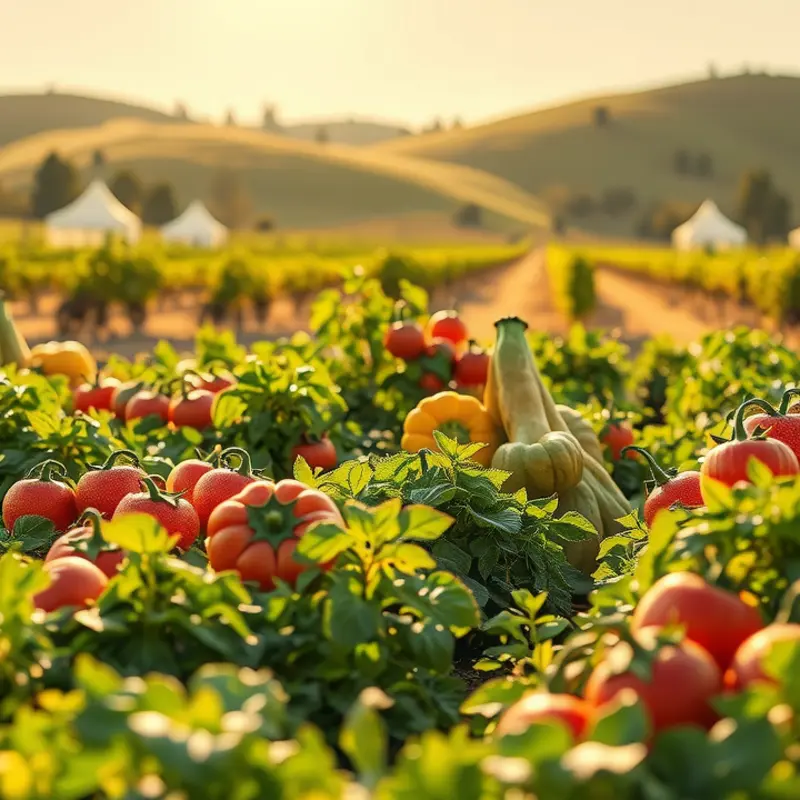Speedy sauces can quickly elevate a range of meals, transforming the ordinary into the extraordinary. Home cooks, from novices to seasoned chefs, can learn to create flavorful sauces that complement every dish. By mastering a few simple techniques and enhancements, you can improve your culinary skills and impress family and friends with your delicious meals.
Mastering the Foundation: Essential Sauce Bases

Creating delicious sauces quickly begins with mastering a few foundational recipes. Versatile and adaptable, these bases set the stage for countless culinary adventures. Understanding ingredient interactions and techniques like thickening and balancing flavors will enhance your sauce-making skills.
Start with a classic béchamel sauce, which serves as the base for countless creamy and cheesy sauces. Begin by melting two tablespoons of butter over medium heat, then whisk in two tablespoons of flour. Cook for about two minutes, ensuring the mixture—or roux—remains pale, avoiding any browning. Gradually add two cups of milk, whisking constantly to eliminate lumps. As the mixture thickens, continue stirring for another five minutes. Season with salt, pepper, and a pinch of nutmeg to suit your taste. This smooth, velvety sauce transforms into a luxurious mornay simply with the addition of shredded cheese.
Next, craft a robust and quick marinara sauce. In a saucepan, sauté minced garlic in olive oil until golden. Add crushed canned tomatoes, a pinch of sugar to balance acidity, and season with salt and red pepper flakes. Let the sauce simmer for about 20 minutes, allowing flavors to meld and thicken naturally. Add fresh basil toward the end for a fragrant finish. This simple yet flavorful base can be adjusted with herbs like oregano or made heartier by incorporating sautéed onions or bell peppers. For more tips on simmering sauces and enhancing flavors, check out these easy sauce simmering techniques.
A simple vinaigrette offers another foundational sauce, versatile for both salads and marinades. Begin with three parts oil (such as olive or canola) to one part vinegar. For a bright, balanced vinaigrette, whisk together oil, vinegar, a spoonful of Dijon mustard, minced garlic, and a hint of honey. Adjust seasonings with salt and pepper as needed. For variation, experiment with different oils, vinegars, or flavorings like citrus zest or fresh herbs, ensuring each element complements the dish it serves.
Understanding thickening techniques is key to sauce success. Explore methods such as reducing—a process where liquid is simmered to evaporate water and intensify flavor—or create a slurry by mixing cornstarch with cold liquid and incorporating it into a sauce. Each method lends a different texture and finish, enabling sauces to adhere beautifully to pasta or meats.
With these foundational sauces and techniques, you’ll have the confidence to explore new flavor profiles and adapt them. Customize these classic bases with your favorite herbs, spices, or additional ingredients, making them uniquely your own.
Speedy Enhancements: Flavor Boosting Techniques

Transforming everyday sauces into extraordinary flavor experiences doesn’t have to be time-consuming. By incorporating simple yet strategic enhancements, your sauces can captivate taste buds with minimal effort. Let’s explore some delightful ways to elevate your sauces in record time.
Fresh herbs are a cornerstone of flavor enhancement. Basil, thyme, or cilantro can awaken a sauce, adding layers of aroma and taste. When cooking, add fresh herbs at the end to preserve their vibrant flavors. Alternatively, infuse oils with basil or rosemary beforehand for an aromatic base.
Spices are another game-changer. A pinch of smoked paprika or cumin can create depth, while ground ginger or cinnamon adds warmth and intrigue. Toasting spices briefly in a dry pan will amplify their flavors before they meet the sauce.
Unexpected ingredients like nuts, seeds, and citrus zest can offer a unique twist. Almonds or walnuts, finely chopped, bring texture and a nutty undertone. Citrus zest, whether lemon or orange, injects a burst of freshness and complements creamy or tomato-based sauces beautifully.
Store-bought items such as broths and stocks can provide a rich foundation. When time is of the essence, combining them with jarred sauces can yield complex flavors. A splash of chicken or vegetable broth can thin out heavy sauces while increasing depth.
Balancing textures can further elevate a sauce. For creaminess, try stirring in a dollop of yogurt or a touch of coconut milk for a non-dairy option. The silkiness contrasts with crunchy garnishes like toasted sesame seeds or a sprinkle of crushed nuts.
It’s essential to strike a balance between these enhancements and the core flavors of your sauce. Start with small amounts, taste frequently, and adjust as needed to avoid overwhelming your palette. Each tweak should be about enhancing, not masking, the sauce’s original character.
For those exploring ways to boost flavor without adding salt, considering alternative flavor boosters can be particularly beneficial. Aromatics, vinegars, and umami packs offer diverse options to enrich your culinary creations without relying on sodium.
This chapter blends seamlessly with the theme of quick, impactful culinary transformations. By adopting these techniques, home cooks can achieve remarkable results with minimal time investment, enabling them to focus more on enjoying the dishes they craft.
Final words
By mastering the art of speedy sauces, home cooks can not only enhance their dishes but also build confidence in their kitchen skills. Whether starting with foundational sauces or experimenting with exciting enhancements, the journey to becoming a better cook is all about practice and creativity. Remember, cooking should be enjoyable, and with these simple techniques, you’ll be able to whip up flavorful sauces in no time. So gather your ingredients and let your culinary adventure begin!







